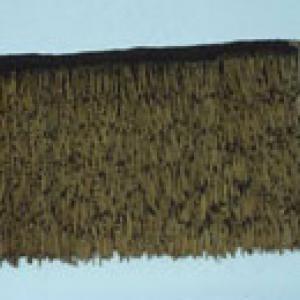In the 10th century, the Maori expanded from western Polynesia to the south-west, reaching Aotearoa, the “island of the long white cloud”. The presence of women, dogs and plants on their large boats make it possible to discard the hypothesis of accidental drifts. Passing from the tropical climate to the southern hemisphere, the Maori are encountered with new ecological situations which lead to profound economic and cultural changes. In the centuries, their final settlement and population growth lead to territorial competition, especially on the North Island, giving rise to frequent conflicts.
The Maori built the Pa, fortified villages with large artificial terraces, ditches and fences, which later obtain the admiration of the British strategists.
From 1790, the area is occupied by British seal and whale hunters; however, it is only after 1835 that London decides to annexe these islands.
The 1840 Treaty of Waitangi, written in both English and Maori, causes a fundamental misunderstanding because of an ambiguous translation that will affect the relations between natives and settlers. While the English text mentioned the unconditional imposition of British sovereignty, the Maori version left the territorial authority to the Maori leaders and a mere monitoring role to the Crown in any problem with the pakehas (the British).









